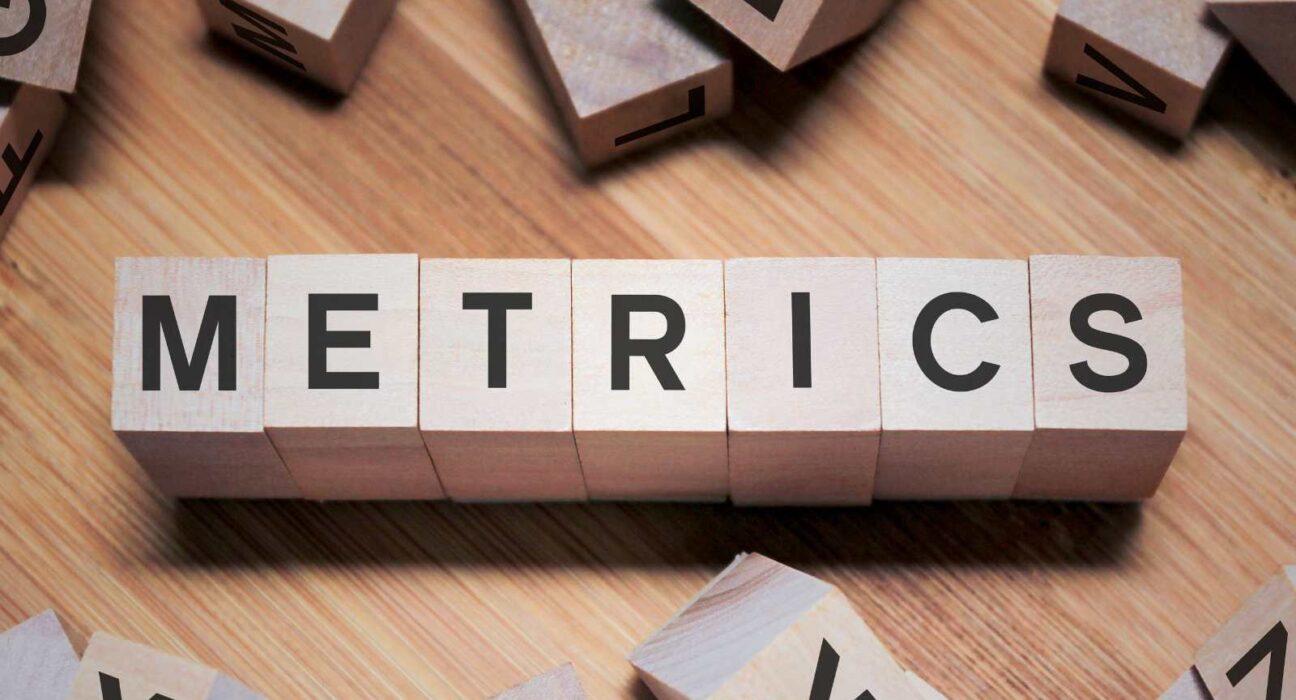Knowing the key numbers of your business so important. Not knowing your numbers is like cooking without seeing how high or low the flame is. It’s like driving without knowing how much gas you have or the speed you’re going. It can be dangerous.
While an ecommerce business will have different numbers than a framer, the principles are the same. Why?
Because the fundamentals of business are more or less the same.
You need customers to buy from you at a profit. It’s as simple as that.
Seth Godin
Seth Godin shares 4 key metrics every business owner should know and think about. He writes:
- How much does it cost to get a new customer?
- How much do you make from every interaction with that customer?
- How long does the customer stick around?
- How many new customers will existing customers bring you over time?
Here’s a few more key metrics to know and understand, with the help of Chat GPT:
Key Metrics for Analyzing Your New Business
Customer Acquisition Cost (CAC)
What is CAC?
Customer Acquisition Cost (CAC) measures the cost of acquiring a new customer. It includes all the expenses related to marketing and sales.
Why is CAC important?
Knowing your CAC helps you understand the effectiveness of your marketing strategies. High CAC means you’re spending too much to gain new customers, which can hurt profitability.
How to calculate CAC?
[ \text{CAC} = \frac{\text{Total Marketing and Sales Costs}}{\text{Number of New Customers Acquired}} ]
Average Revenue Per User (ARPU)
What is ARPU?
Average Revenue Per User (ARPU) measures the revenue you earn from each customer on average.
Why is ARPU important?
ARPU helps you understand how much value each customer brings to your business. It’s a key indicator of business health and customer profitability.
How to calculate ARPU?
[ \text{ARPU} = \frac{\text{Total Revenue}}{\text{Number of Customers}} ]
Customer Lifetime Value (CLV)
What is CLV?
Customer Lifetime Value (CLV) estimates the total revenue a customer will generate during their relationship with your business.
Why is CLV important?
CLV helps you predict future revenue and plan long-term strategies. It also helps you decide how much to invest in acquiring and retaining customers.
How to calculate CLV?
[ \text{CLV} = \text{ARPU} \times \text{Average Customer Lifespan} ]
Churn Rate
What is Churn Rate?
Churn rate measures the percentage of customers who stop using your product or service within a given period.
Why is Churn Rate important?
A high churn rate indicates a problem with customer satisfaction or product quality. Reducing churn is crucial for business growth.
How to calculate Churn Rate?
[ \text{Churn Rate} = \frac{\text{Number of Customers Lost During a Period}}{\text{Total Number of Customers at the Start of the Period}} \times 100 ]
Customer Retention Rate
What is Customer Retention Rate?
Customer Retention Rate measures the percentage of customers who continue to use your product or service over a given period.
Why is Customer Retention Rate important?
High retention rates indicate customer satisfaction and loyalty. It’s more cost-effective to retain customers than to acquire new ones.
How to calculate Customer Retention Rate?
[ \text{Customer Retention Rate} = \frac{\text{Number of Customers at End of Period} – \text{Number of New Customers Acquired During Period}}{\text{Number of Customers at Start of Period}} \times 100 ]
Net Promoter Score (NPS)
What is NPS?
Net Promoter Score (NPS) measures customer loyalty and satisfaction. It gauges how likely customers are to recommend your product or service.
Why is NPS important?
High NPS scores indicate strong customer loyalty and can predict growth. Satisfied customers are more likely to become advocates and bring in new customers.
How to calculate NPS?
Conduct a survey asking customers: “On a scale of 0-10, how likely are you to recommend our product/service to a friend or colleague?”
Classify responses as follows:
- Promoters (9-10): Loyal enthusiasts
- Passives (7-8): Satisfied but unenthusiastic
- Detractors (0-6): Unhappy customers
[ \text{NPS} = \% \text{Promoters} – \% \text{Detractors} ]
Viral Coefficient
What is the Viral Coefficient?
The Viral Coefficient measures the number of new customers generated by existing customers.
Why is the Viral Coefficient important?
A high viral coefficient means your customers are bringing in new customers. This indicates strong word-of-mouth and product appeal.
How to calculate the Viral Coefficient?
[ \text{Viral Coefficient} = \frac{\text{Number of Invitations Sent Per Customer} \times \text{Conversion Rate of Invitations}}{\text{Number of Existing Customers}} ]
Gross Margin
What is Gross Margin?
Gross Margin measures the percentage of revenue that exceeds the cost of goods sold (COGS). It reflects the financial health and profitability of your business.
Why is Gross Margin important?
A high gross margin indicates efficient production and strong profitability. It allows you to reinvest in growth and operations.
How to calculate Gross Margin?
[ \text{Gross Margin} = \frac{\text{Total Revenue} – \text{COGS}}{\text{Total Revenue}} \times 100 ]
Monthly Recurring Revenue (MRR)
What is MRR?
Monthly Recurring Revenue (MRR) measures the predictable and recurring revenue generated by your business each month.
Why is MRR important?
MRR provides a clear view of your business’s financial stability and growth potential. It helps in forecasting revenue and planning for the future.
How to calculate MRR?
[ \text{MRR} = \text{Total Monthly Revenue from All Subscriptions} ]
Burn Rate
What is Burn Rate?
Burn Rate measures the rate at which your company is spending its capital to cover operating expenses.
Why is Burn Rate important?
Knowing your burn rate helps you understand how long you can sustain your operations before needing additional funding. It’s crucial for managing cash flow.
How to calculate Burn Rate?
[ \text{Burn Rate} = \frac{\text{Starting Balance} – \text{Ending Balance}}{\text{Number of Months}} ]
Conversion Rate
What is the Conversion Rate?
The Conversion Rate measures the percentage of visitors who take a desired action, such as making a purchase or signing up for a newsletter.
Why is the Conversion Rate important?
A high conversion rate indicates effective marketing and a strong product-market fit. Improving conversion rates can significantly boost revenue.
How to calculate the Conversion Rate?
[ \text{Conversion Rate} = \frac{\text{Number of Conversions}}{\text{Number of Visitors}} \times 100 ]
Conclusion
Tracking these key metrics is essential for understanding and growing your business. They provide insights into your customer acquisition, retention, and overall financial health. By regularly monitoring these metrics, you can make informed decisions, optimize your strategies, and drive your business towards success.
Related posts:












